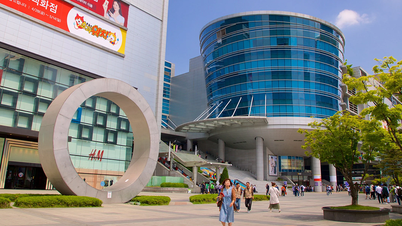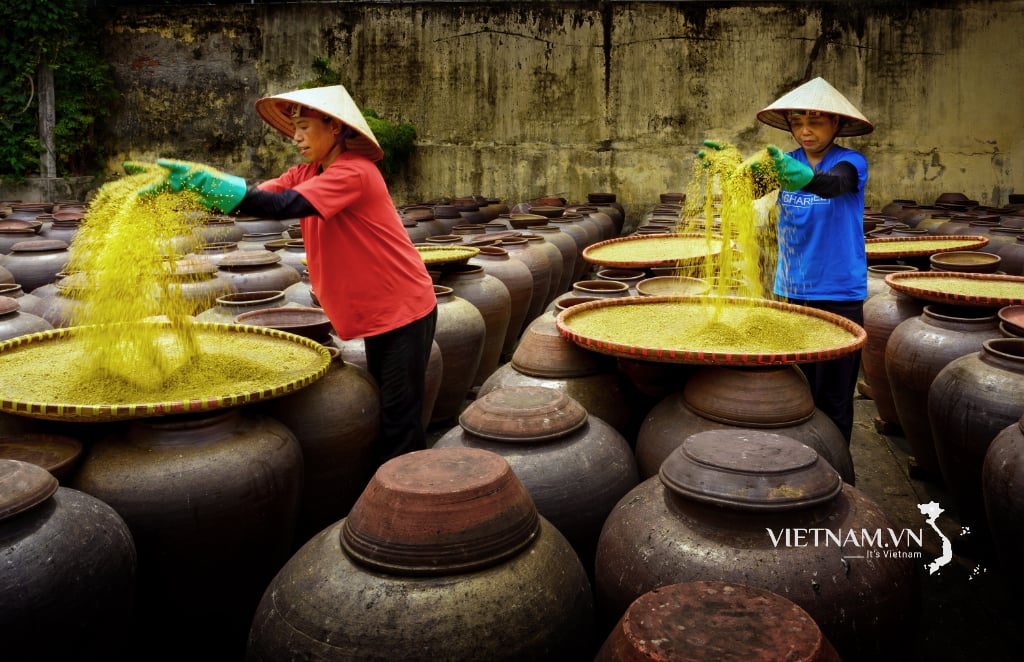Ranked among the top countries with the most severe air pollution in the world , India is facing unpredictable consequences.

The air is thick with smog in the capital New Delhi.
Last week, more than 20 million people in the country of more than 1.4 billion people breathed in the thick, toxic smog that blanketed the capital, New Delhi. Primary schools were closed, traffic was restricted and construction was halted as New Delhi was blanketed in a blanket of gray, with low visibility and panic buying of air purifiers.
Behind closed doors, state and federal officials held emergency meetings to find a way to clean up the air—after the city’s air quality index (AQI) exceeded 500 (good air quality is between 0 and 50, while readings above 300 are considered hazardous)—a number so high that experts warn it could cut life expectancy by a decade. This is unprecedented anywhere, not even in New Delhi itself.
Every year, the skies over New Delhi turn a murky yellow, prompting authorities to scramble to address the problem. Every year around this time, headlines about India’s air quality dominate the front pages of newspapers, warning the country that toxic smog is returning and becoming increasingly dangerous.
And every year, people wonder why nothing is changing. “It’s an invisible killer,” says Jyoti Pande Lavakare, author of Breathing Here: The Human Cost of Air Pollution and co-founder of the nonprofit Care for Air. “And unfortunately, there’s no path forward for anyone to address it. There’s no one apologizing and saying, ‘The whole country is polluted, let’s fix it.’”
The main causes of air pollution are seasonal field burning, factory waste burning, large-scale automobile emissions, construction works, and people's living habits...
Air pollution has long been a burning issue in India. The situation has once again made headlines, with major cities in the country being shrouded in smog and dust. And each time, many people ask, why, despite the efforts of the Indian government, nothing has changed?
Air quality in New Delhi typically worsens every year ahead of winter, when cold air traps pollutants from vehicles, industrial activity, construction dust and agricultural waste burning.
In addition, public awareness is also a factor. Traditionally, at the end of each winter harvest, millions of Indian farmers clear their fields of leftover stubble by setting them on fire to prepare for the upcoming wheat crop. Many even take to the streets, setting off firecrackers to celebrate Diwali without facing any opposition from the authorities.
At the national level, India launched its Clean Air Programme in 2019, using strategies across 24 states and union territories to reduce fine particulate matter by 40% by 2025-26. These measures include shutting down coal-fired power plants, setting up air monitoring systems, and banning agricultural stubble burning.
According to government data, several Indian cities have seen improvements in air quality. The government has also introduced other measures such as watering roads, odd-even traffic patterns, and rainstorms to wash away fine dust, among others. However, scientists say it is unclear how effective these measures are. In other words, the effectiveness of the Clean Air Program in India has yet to yield any positive results.
Observers say that India is having difficulty solving the problem of air pollution due to many reasons, both objective and subjective. Finding a solution to this difficult problem requires the awareness and consensus of the people. This is a long process that cannot be done in the near future.
HN synthesis
Source



































































































Comment (0)